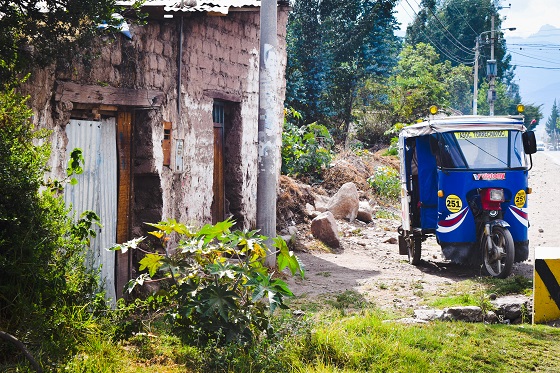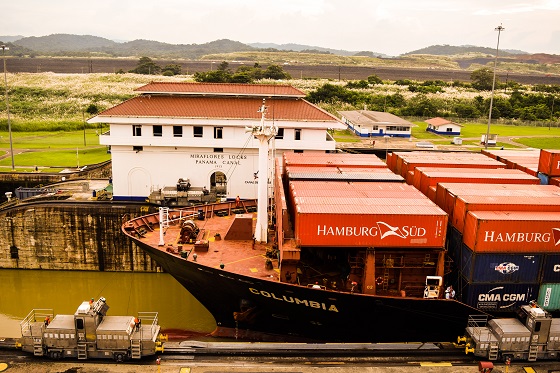Although Latin America might be a one unit for you as a business, particularly as time goes on, it’s better to at least consider some of its divisions, because they could affect your sales strategy, logistics, and even your pricing and the resources you assign to the continent.
Depending on how many and which resources you have for Latin America, and how your business and markets operate, just some of the reasonable ways of splitting up the region that I have seen over the last few years include:
– Mexico and Central America / South America
– Mexico / Central America / South America
– Brazil / rest of Latin America
– Mexico / Brazil / rest of Latin America
– Mexico / Brazil / Chile, Peru, Bolivia, Colombia, Ecuador, Venezuela / Central America / rest of South America
But why split the region up at all? First of all, to analyse it, to understand it, and to research contacts. It also helps when organising market visits. Then, to tackle it, to sell. If you’re setting up offices or assigning sales teams, it will be crucial. Dividing the continent will also help with assigning budgets and people.
How you split the region will depend on what works for you, and it can vary over time. What matters is that you realise, early on, that there are many divisions to bear in mind and that the continent is far from united in many ways.
How come?

Urubamba, Peru.
Spanish v Portuguese
Spanish is not Latin America’s only language. Brazil and its 200m people speak Portuguese. And that is a considerable barrier to trade across the region and one you should consider in your export strategy. Having marketing materials translated into Spanish is not enough if you’re thinking about doing business with Brazil. Brazil is huge (and isolated, we can argue) enough to tackle it on its own.

Crossing the Panama Canal
East and West
The Andes divide the continent, geographically and culturally, into East and West. They are also a big logistical barrier. “Andean” economies are unique in many ways and there is even an “Andean Migration Card” to fill in when arriving in Ecuador, Peru, Colombia or Bolivia, members of the “Andean Community”. Chile, by the way, is also an “Andean” country. If you’ve ever watched Motorcycle Diaries (and I recommend you do), you will see how even people’s facial looks change as you move from South to North, from East to West. The economies of Ecuador and Peru, for example, are very different in many ways from those of Argentina or Paraguay.

Luxury shopping in Panama
Central, North and South
Latin America is also geographically divided into North, Central and South America.
Comparing Central to South America, for example: Central America is much closer to the US and therefore, historically, culturally and economically, much more influenced by it. Social and economic variables differ, too, from production to exports, from architecture to logistics. South and Central America look, feel and behave differently. I would be careful about grouping them together when doing business, and I definitely wouldn’t tackle one from the other in terms of shipping/logistics (with the exception of countries like Colombia and Panama, which can be great hubs for both).
And remember that Mexico is geographically in North America and the US influence is much stronger there than anywhere else. Mexico doesn’t behave “Central American” and it’s a very long way from countries like Argentina, Chile or Uruguay, in South America.

“Ultra-premium” vodka Ciroc, at fashion show in Uruguay
North and South
Even within South America, the difference between the North of the continent (think Colombia and Venezuela, for example) and the Southern Cone (think Argentina and Chile) can be huge. Distances are huge, too, remember than to fly from Southern to Northern cities in South America can take up to seven hours… The pleasant pastures of the Argentine countryside that you probably associate with its outstanding beef is definitely very different from the coffee-growing countryside of Colombia. And no, we don’t grow mangoes, avocados, papaya or pineapple in Uruguay and we do experience below freezing temperatures in winter!
Development
A much more contentious topic is the degree of development of each country, often shown by indicators in areas such as gender equality, urban development, education access, infant mortality and so on. Even if not consulting The Economist World in Figures latest edition, just by travelling across the continent you’ll find that some regions or countries will seem more “developed” than others, some countries will look and feel more “advanced”. Statistically, this can be seen in terms of the ease of doing business, the level of corruption, and openness to international trade statistics. However, even when just looking around, the buildings you visit and the facilities/infrastructure you use (including roads, WiFi and even credit card payments) will feel different from one place to another, and you brain will automatically group countries according to this perception (“the ones more like the UK, the ones less like the UK”, said a sales manager to me once).
For some businesses it will make sense to split the continent depending on its level of development (either because you sell products/services that appeal to more developed countries or exactly the opposite). Some businesses look at GDP per capita, some look at internet penetration (a good place to start is the World Bank’s Development Indicators). What matters is that you realised that this “developing” continent hasn’t “developed” evenly at all.

Energy in Colombia
Market Potential
The obvious division, just like in any other continent, is based on business potential, which is something you can only assess properly after in-depth market research. “Potential” for you might have to do with the size of a market, urbanisation, development (see above), with the weight of a particular sector in an economy (say, agriculture, mining or forestry) or with the availability of certain links, people or natural resources. Even if you group countries according to their potential for you, do bear in mind the divisions I discussed above, because “potential” in Mexico is not the same as “potential” in Uruguay or Bolivia…
However you split Latin America, never lose sight of the bigger picture. We’ll look into that next time: why a region-wide view can help even if you fragment the region depending on your objectives, resources and strategy. Sign up to our newsletter so keep up-to-date with our opinion and analysis!
